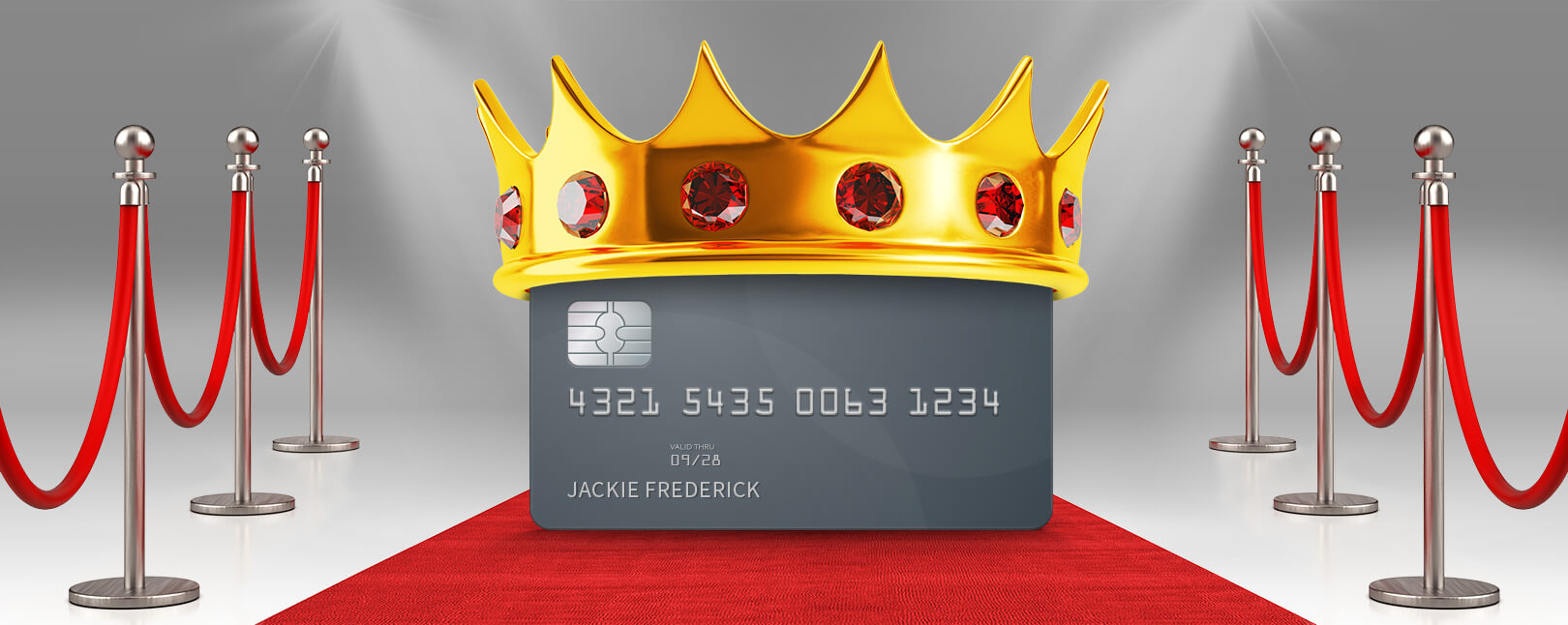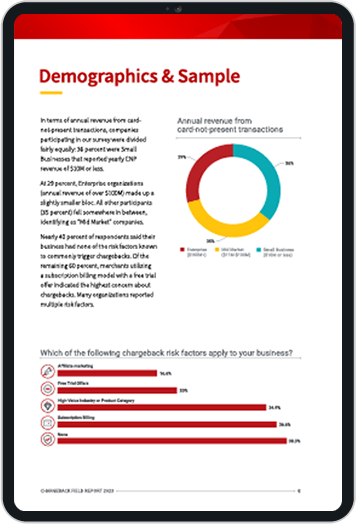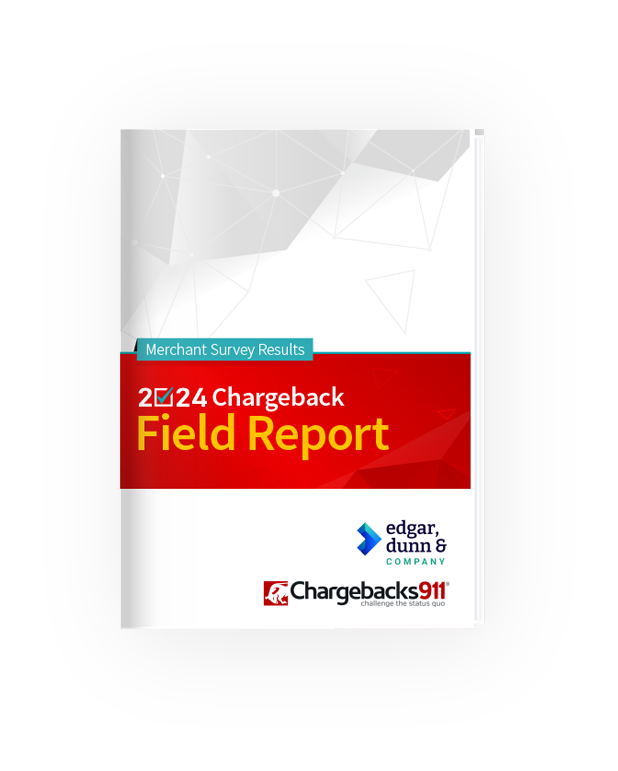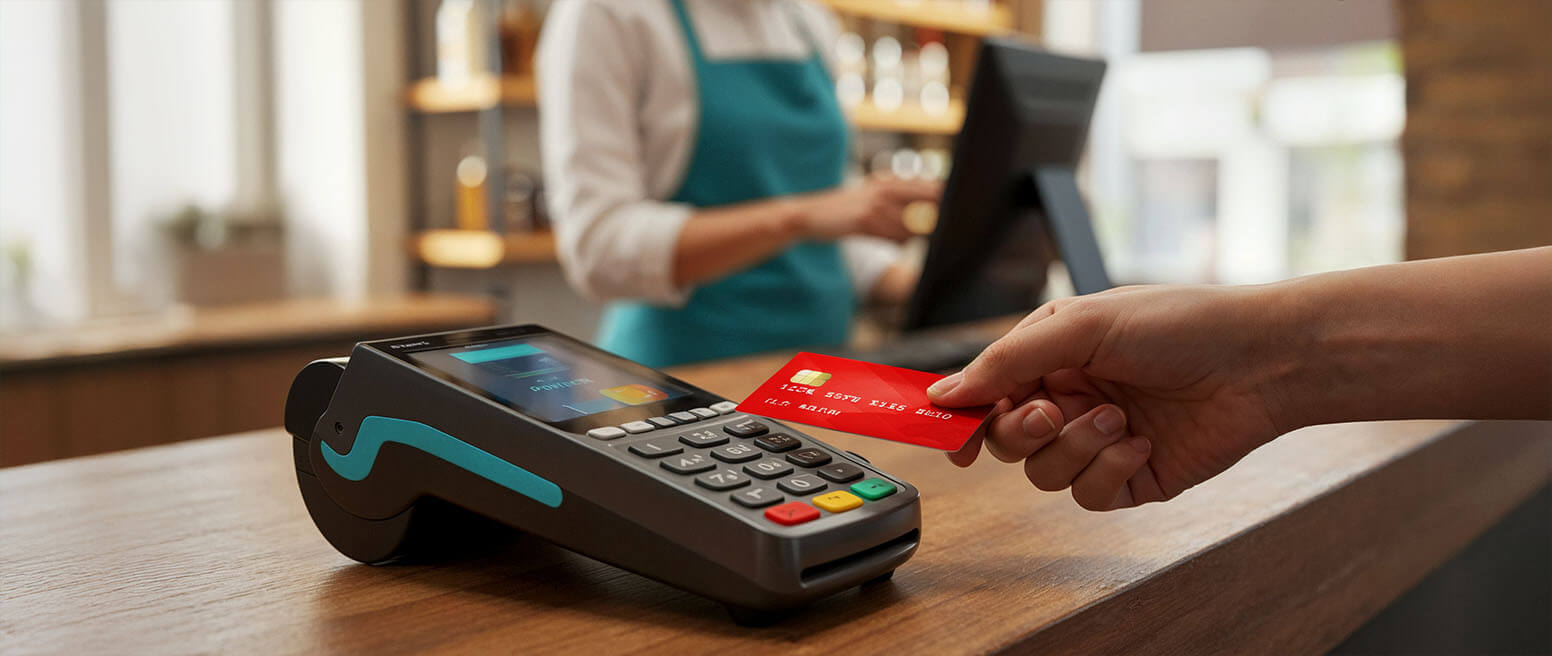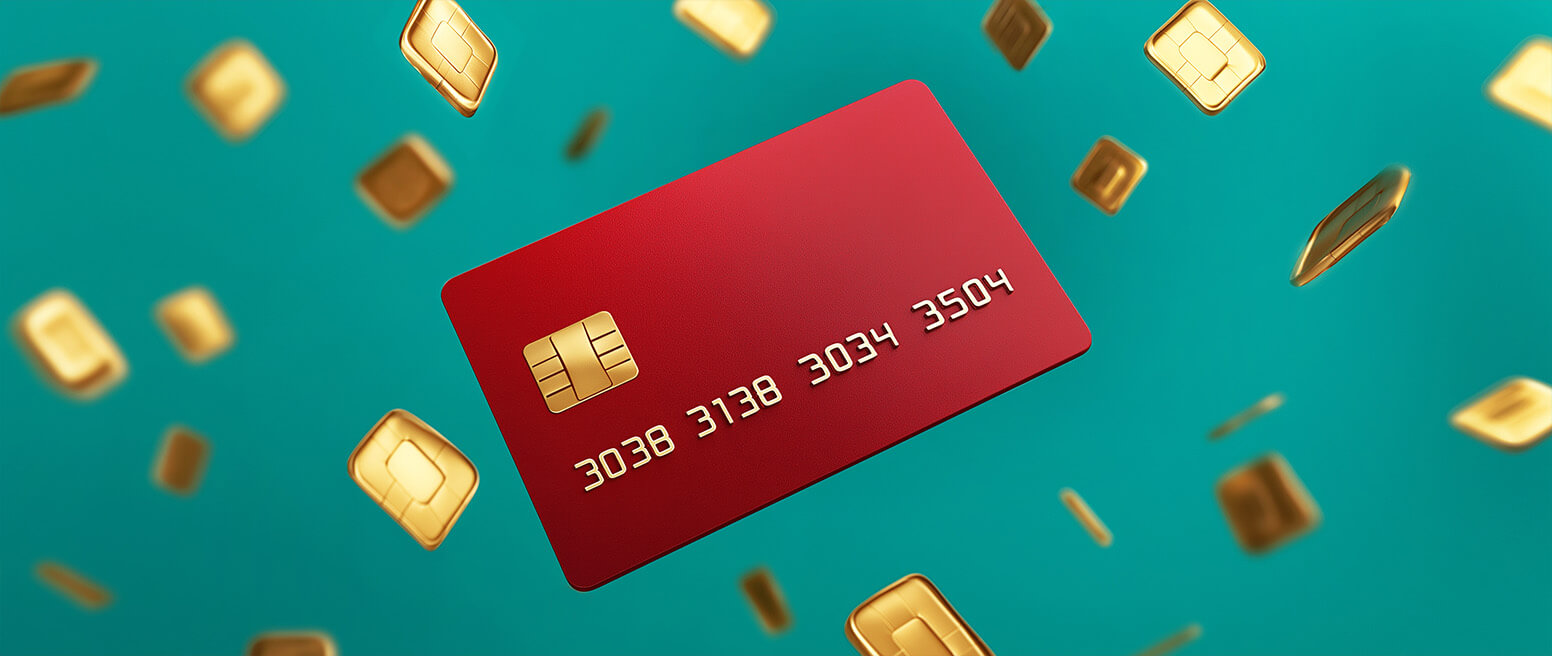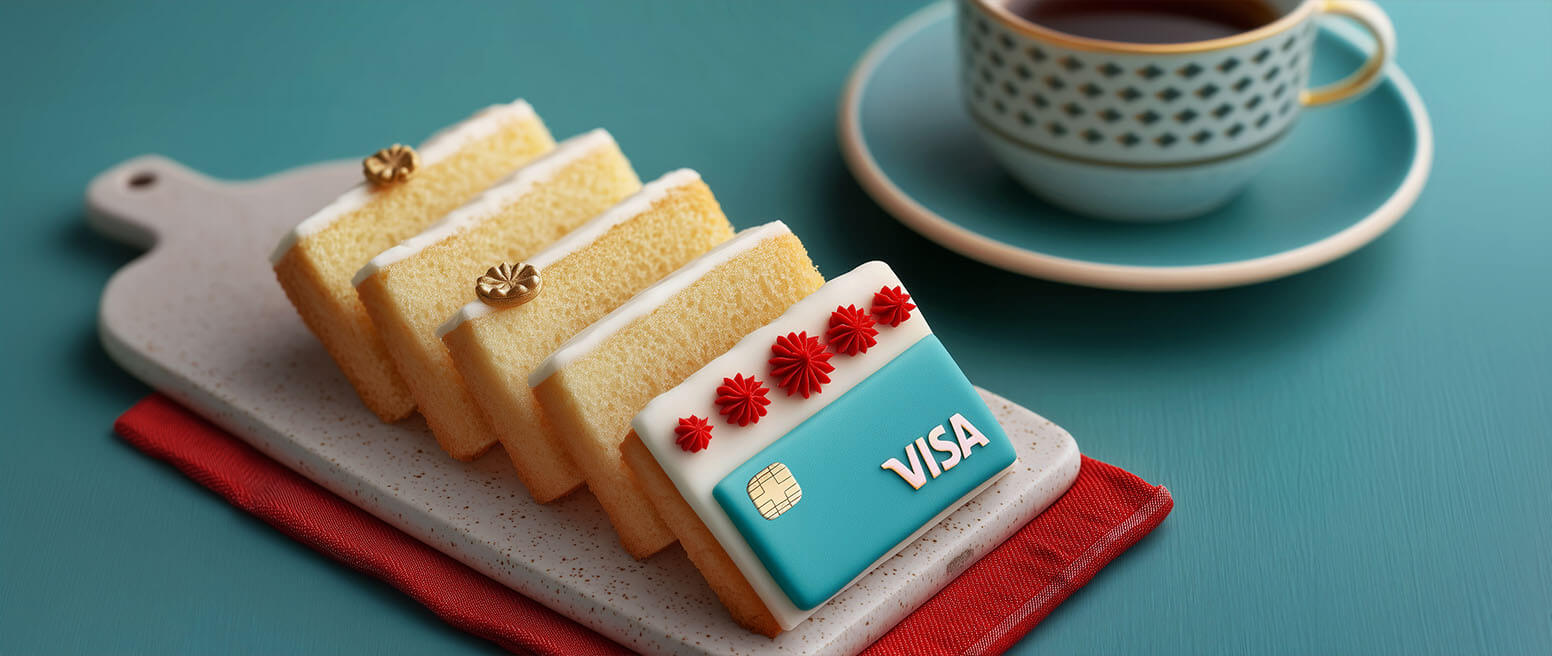Kimberly Miller of Payway Shares Her Insights on Cards & Alternative Payments
The use of alternative methods of payments has increased rapidly in the past decade. Credit cards have become contactless, making for a quicker transaction. Most importantly, consumers are finding alternative payments convenient, which facilitates a better shopping experience.
Recommended reading
- What is EMV Bypass Cloning? Are Chip Cards Still Secure?
- Dispute Apple Pay Transaction: How Does The Process Work?
- Terminal ID Number (TID): What is it? What Does it Do?
- Point of Sale Systems: How to Get More From Your POS Machine
- What is EMV Technology? Definition, Uses, Examples, & More
- Visa Installments: How it Works, Benefits, & Implementation
Alternative Payments Are Gaining Ground
Contributing to the decline in credit card usage is the demand brought on by online shopping customers for alternative payment methods. With worldwide online sales growing from $1.34 trillion 2014 to $5.21 trillion in 2021, alternative payment options cannot be ignored. They’ve become a necessity. As a merchant, accepting only credit cards is no longer sufficient.
Payment methods are a critical part of any payment experience. When a customer doesn’t come across their preferred payment method during the payment process, that customer will most likely abandon the cart and move on to another merchant. Knowing this will impact sales, you must take time to assess your business’ current payment strategy and see how adding alternative payments will make a positive difference.
Alternative Payment Methods: Outlined
What is an alternative payment? An alternative payment refers to any form of payment that isn’t cash or credit card. Here is a review of the most popular alternative payment methods, using data found in the Worldpay Payments Report:
Benefits of Alternative Payments
All these alternative payment methods go a long way in improving the checkout experience and are likely to contribute to increased merchant loyalty. They also provide many benefits to you, the merchant:
- More Revenue: Frictionless payments increase sales. Alternative payment methods ensure checkout processes are fast and intuitive so customers are less likely to back out of the process midway through.
- Potential Savings: Credit card fees, which have increased over the last 10 years, could be reduced by using alternative payment options. While it is still important to offer credit cards, doing so can impact profit margin. As alternative payment usage increases, profit margins will improve.
- Customer Security & Peace of Mind: With greater encryption and tokenization, these payments are secure to use both online and in-store. In addition, biometric authentication required by mobile payments make alternative payments even more secure than chip and PIN transactions.
Now that you are aware of the types of alternative payments and their benefits, you are probably wondering how you can integrate them into your business – and how quickly. Thankfully, there is no need for you to juggle the implementing of each alternative payment method. By working with a payment processor that offers alternative payments, you can effectively expand your payment strategy while building a larger customer base.
This post was guest content provided to Chargebacks911® by Kimberly Miller, EVP of Strategy and Business Operations at Payway.
Kimberly Miller is a technology industry veteran with a not-quite mundane past and a storied future. As Executive Vice President of Strategy and Business Operations, Kim brings decades of experience in business development and digital transformation in the technology, software, and self-service solutions industries to Payway, a cloud-based software company.

